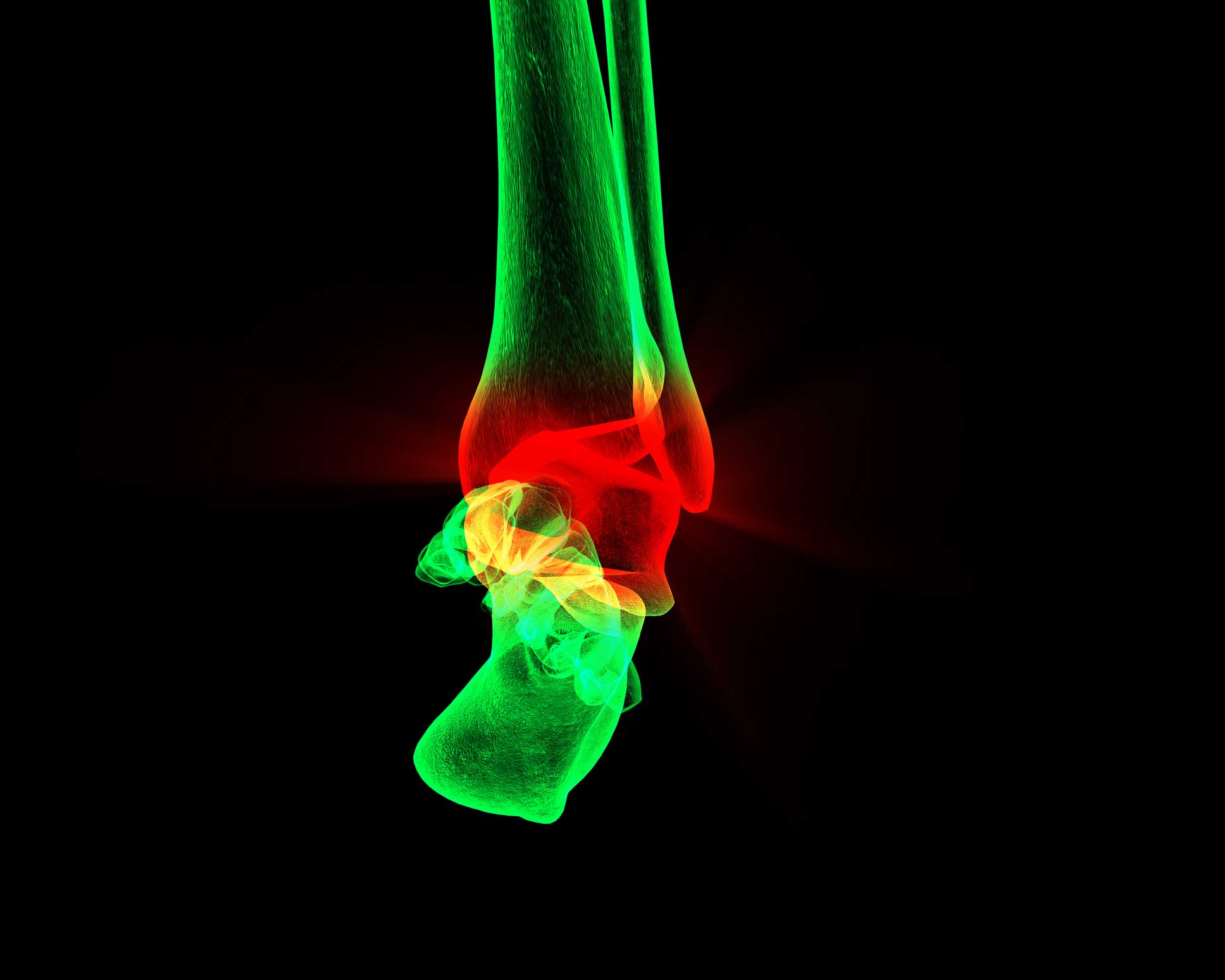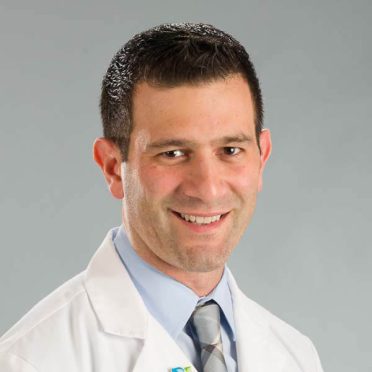This special edition of our weekly injury report reviews Gordon Hayward’s devastating injury less than 7 minutes into his first regular-season game Oct. 17 with the Boston Celtics after signing a four-year, $128 million contract. Sign up for our weekly NFL report (click here and scroll to “Free email newsletters”), which evaluates injuries to players of local (Patriots, Giants and Jets) or national interest with commentary by a sports orthopedic specialist from the Bone & Joint Institute at Hartford Hospital.
Player: Gordon Hayward, Boston Celtics small forward.
Injury: Dislocated left ankle, fractured tibia.
How it happened: Hayward lost his balance after taking a back-door lob pass from Kyrie Irving and landed awkwardly on his left leg. The severity of his injury was apparent immediately.
Expected time missed: After some pre-surgery speculation that Hayward could return as quickly as 4-6 months, his agent offered a more sober evaluation after the surgery Wednesday at New England Baptist Hospital in Boston. It’s now expected that Hayward will miss the entire season.
Dr. Clifford Rios, Bone & Joint Institute orthopedic surgeon and board-certified in sports medicine: “Four to six months can be realistic for a bone of the upper extremities. Lower-extremity fractures typically require a minimum of three months even before full weight-bearing, then need another several months to rehabilitate back to elite function.”
What is a dislocated ankle with fractured tibia?: It’s a rare, traumatic injury, when the bones that form the ankle joint and connect the lower leg — the talus (ankle) and tibia — are no longer anatomically intact. You can see that in the obvious deformity in Hayward’s lower leg immediately after the injury.
The tibia is one of the lower leg’s two long bones, with the fibula at its side. They join at the talus to form the ankle joint, which includes connective tissue around the joint (the joint capsule) and ligaments that increase stability. A “clean” break, with no damage to surrounding tissue and ligaments, is the best-case scenario here.
“The key with any fracture,” says Dr. Rios, “is how much damage occurs at the joint surface. The bones will heal well but severe injury to the cartilage, the protective covering at the joint surface, can cause permanent loss of function due to post-traumatic arthritis.”
A dislocated ankle typically includes a fracture of the distal ends of the tibia (medial malleoli) and fibula (lateral malleoli), with possible ligament damage. These injuries are caused by trauma from a sports injury, car accident, serious fall or other incident. The force of the injury separates the bones, often with the foot and ankle facing downward (plantarflexion). The ankle is then pushed inward (inversion) or outward (eversion).
If you have both a dislocated ankle and a fractured tibia, it does not complicate your recovery.
“No difference,” says Dr. Rios. “They heal together at the same rate.”
How is the injury repaired?: X-rays, and possibly an MRI or CT, confirm the diagnosis. After the ankle bones have been “relocated” to their original alignment — a critical step because, done improperly, it can damage surrounding nerves, ligaments, cartilage and other bones — doctors can then repair the ankle surgically.
“The first step with a dislocation is getting the joint surface aligned,” says Dr. Rios. “If the skin is not too swollen, immediate fixation with plates and screws is typical.”
Rehab: Recovery from this injury takes time and a lot of hard work.
“The first stage is no weight-bearing and allowing healing of the fractures,” says Dr. Rios. “Some motion may be allowed. After 6-8 weeks, you may increase weight-bearing to 50 percent. Full weight-bearing is typically after around 3 months. You can begin running after four months or more.”
Can Hayward return to his previous athletic form?: “I would need to see the X-ray,” says Dr. Rios. “The biggest determinant is how much damage occurred to the cartilage. If cartilage damage was minimal he may have several strong years remaining.”
Dr. Clifford Rios, a sports medicine surgeon with Orthopedic Associates of Hartford, is Site Director for orthopedic resident education at the Bone & Joint Institute. Click here to find out why the Bone & Joint Institute is the athlete’s choice, with a Motion Lab for performance analysis, the area’s most comprehensive sports rehabilitation facility and 30 fellowship-trained orthopedic surgeons.


